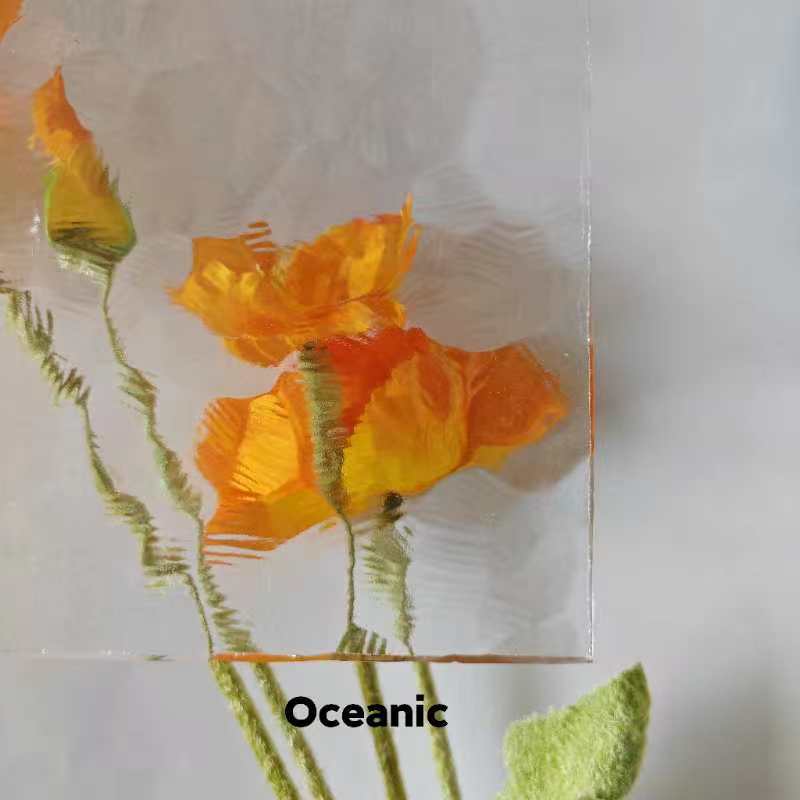

The Advantages and Applications of Insulated Tempered Glass
Insulated tempered glass is a revolutionary product in the field of construction and architecture, providing an optimal solution for energy efficiency, safety, and aesthetics. Combining the strengths of tempered glass with insulation technology, this material has gained widespread popularity in modern buildings, residential homes, and commercial spaces. This article explores the benefits, applications, and future prospects of insulated tempered glass.
What is Insulated Tempered Glass?
Insulated tempered glass consists of two or more layers of tempered glass with a sealed air gap in between, creating an insulating barrier. The tempered glass is produced through a heating and cooling process that increases its strength and thermal resistance. The air gap between the panes serves as an insulating layer that reduces heat transfer, making this glass type highly effective in maintaining indoor temperatures.
Benefits
1. Energy Efficiency One of the most significant advantages of insulated tempered glass is its energy efficiency. It reduces the need for heating and cooling systems by maintaining a stable indoor climate. By minimizing heat loss during winter and heat gain during summer, buildings outfitted with this glass can dramatically lower energy consumption, resulting in reduced utility bills and a lower carbon footprint.
2. Safety and Durability Tempered glass is renowned for its strength. It is much tougher than standard glass and is designed to withstand impact and extreme temperatures. In the event of breakage, it shatters into small, blunt pieces, significantly reducing the risk of injury. Moreover, insulated tempered glass is less prone to condensation, which can lead to mold and deterioration in traditional glass setups.
3. Noise Reduction Insulated tempered glass also offers superior soundproofing qualities. The air gap between the glass layers acts as a barrier to sound transmission, making it ideal for urban environments or areas with high noise levels. This enhances comfort in residential and commercial buildings alike.
4. Aesthetic Appeal Modern insulated tempered glass is available in various styles, tints, and finishes, allowing architects and designers to achieve their desired aesthetic without compromising performance. This versatility makes it a preferred choice for facade panels, windows, curtain walls, and glass doors.

Applications
Insulated tempered glass finds extensive application in various sectors
- Residential Homeowners increasingly choose insulated tempered glass for windows and patio doors. Its energy efficiency contributes to lower heating and cooling costs while enhancing the comfort of living spaces.
- Commercial In office buildings and retail environments, insulated tempered glass is used not only for exterior facade systems but also for interior partitions. The combination of natural light, sound insulation, and modern aesthetics creates productive and inviting spaces.
- Automotive The automotive industry utilizes insulated tempered glass for windows in vehicles, providing passengers with safety, UV protection, and thermal insulation.
- Skylights and Canopies Insulated tempered glass is also excellent for skylights and canopies, allowing natural light to filter through while providing thermal insulation and protection from the elements.
Future Prospects
As sustainable building practices continue to gain momentum, the demand for insulated tempered glass is expected to rise. Innovations in manufacturing techniques and coatings are likely to enhance its performance, making it an even more desirable option in energy-efficient construction. Additionally, with greater emphasis on eco-friendly materials and design, insulated tempered glass is poised to play an essential role in the development of both residential and commercial infrastructures.
In conclusion, insulated tempered glass represents a perfect blend of safety, efficiency, and aesthetic appeal. Its numerous benefits and broad applications make it a compelling choice for anyone looking to enhance their building's performance while maintaining a stylish appearance. As the industry evolves, we can anticipate further advancements that will continue to solidify its position as a preferred material in modern construction.